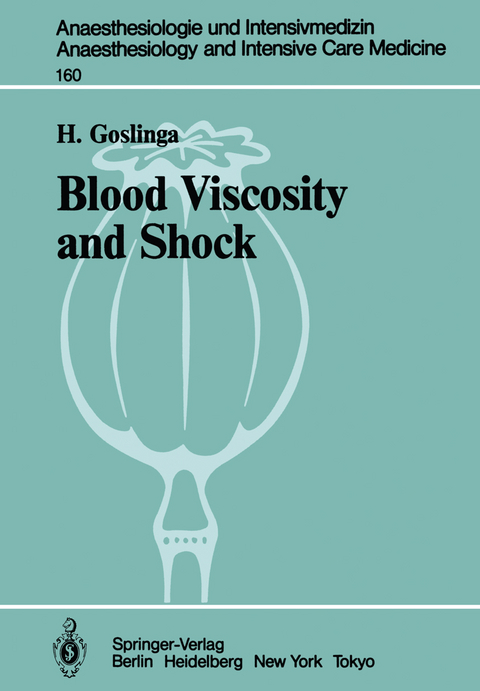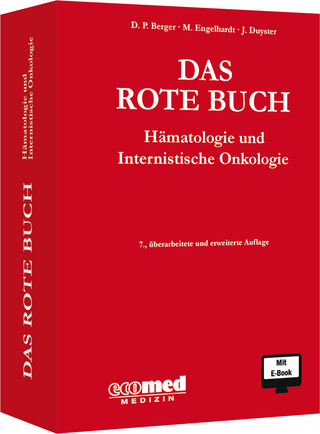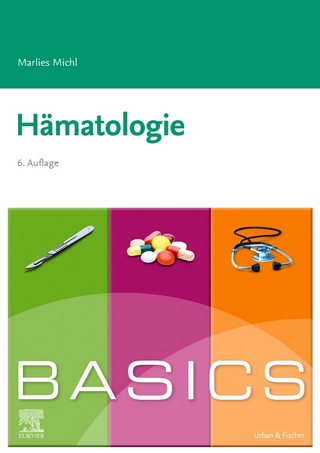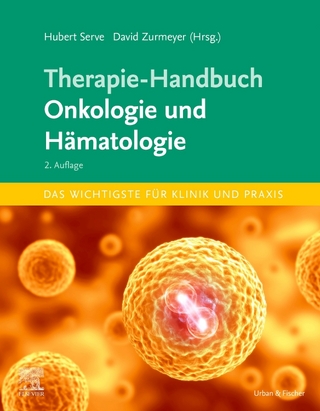
Blood Viscosity and Shock
Springer Berlin (Verlag)
978-3-540-12620-1 (ISBN)
I Review of the Literature.- I Viscosity in General.- II Viscosity in Relation to Cardiac Output, Blood Pressure and Peripheral Resistance.- III The Clinical Significance of Viscosity.- IV Lowering the Viscosity with the Aid of Hemodilution.- V Lowering the Viscosity by Means of Defibrination with the Aid of Arvin.- VI Viscometry.- II Material and Methods.- VII Material and Methods.- VIII Specific Measuring Methods.- III Results.- IX Paper I Effects of Reduction in Viscosity by Means of Hemodilution (Dextran 40) and Defibrination (Arvin) Using a Shock Model with Extracorporeal Circulation.- X Paper II Effects of Viscosity Reduction by Means of Defibrination (Arvin) and Moderate Hemodilution (0.9% NaCl) in a Shock Model with Intact Animals.- XI Paper III Effects of Changes in Viscosity by Means of Defibrination (Arvin) and Changes in Hematocrit (High and Low Ht) Using a Shock Model with Intact Animals.- XII Paper IV Integration of Blood Viscosity into a Clinical Concept.- XIII Paper V Standardization and Automation of the Measurement of Whole Blood Viscosity.- Summary and Conclusions.- General Summing-Up.
| Erscheint lt. Verlag | 1.4.1984 |
|---|---|
| Reihe/Serie | Anaesthesiologie und Intensivmedizin Anaesthesiology and Intensive Care Medicine |
| Zusatzinfo | XXVI, 196 p. 2 illus. |
| Verlagsort | Berlin |
| Sprache | englisch |
| Maße | 170 x 244 mm |
| Gewicht | 395 g |
| Themenwelt | Medizin / Pharmazie ► Medizinische Fachgebiete ► Anästhesie |
| Medizinische Fachgebiete ► Innere Medizin ► Hämatologie | |
| Medizin / Pharmazie ► Medizinische Fachgebiete ► Intensivmedizin | |
| Studium ► 1. Studienabschnitt (Vorklinik) ► Physiologie | |
| Schlagworte | Blutviskosität • Hämodilution • Hämodynamik • Hämodynamikstörung • Schock • Trauma |
| ISBN-10 | 3-540-12620-1 / 3540126201 |
| ISBN-13 | 978-3-540-12620-1 / 9783540126201 |
| Zustand | Neuware |
| Haben Sie eine Frage zum Produkt? |
aus dem Bereich


